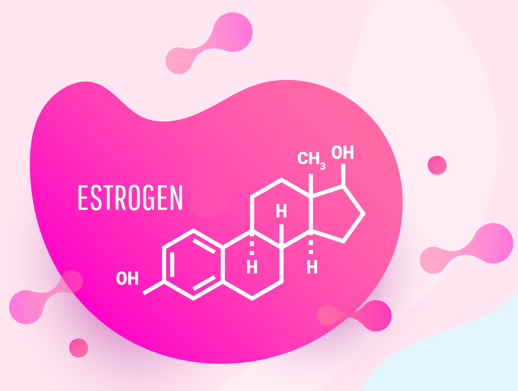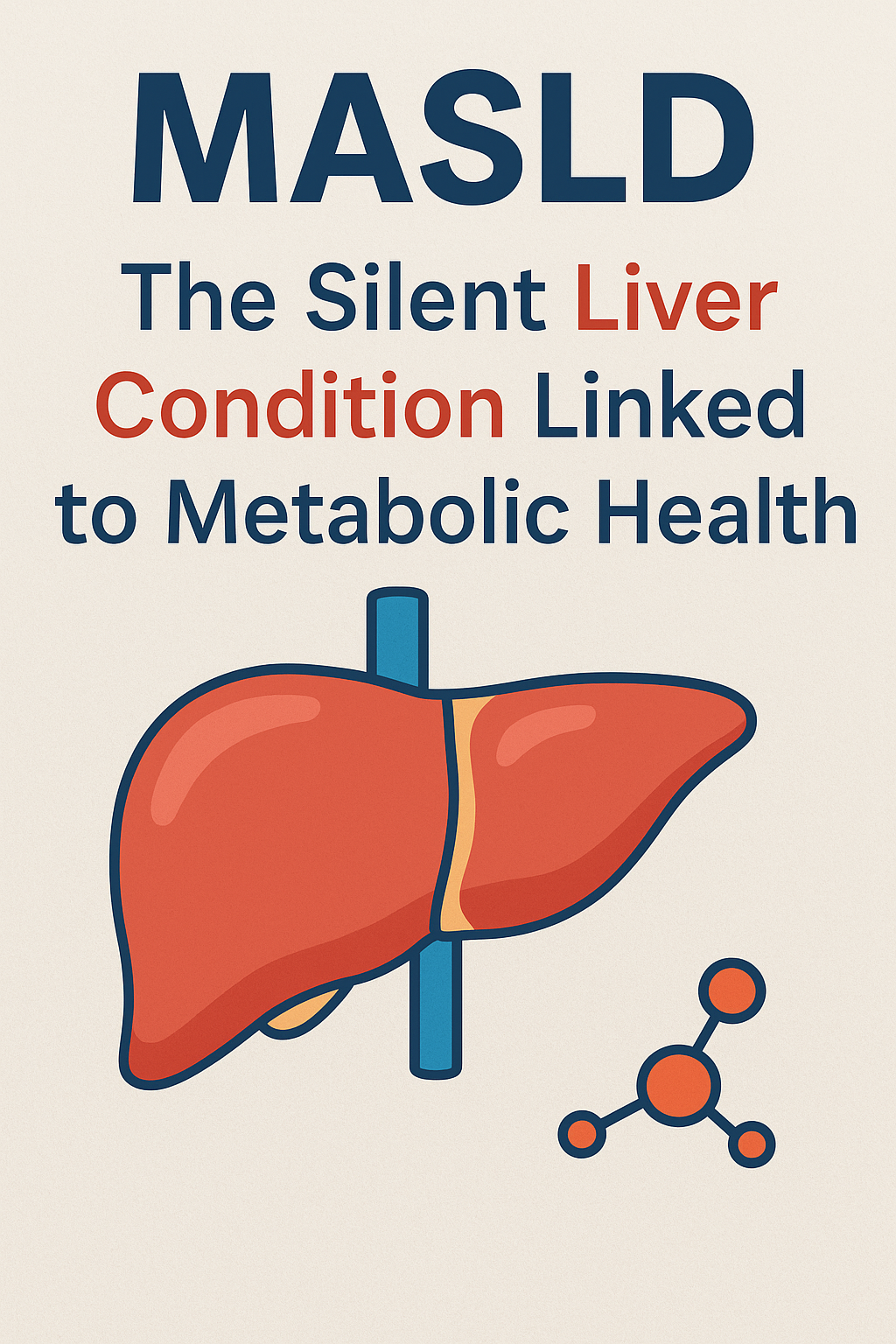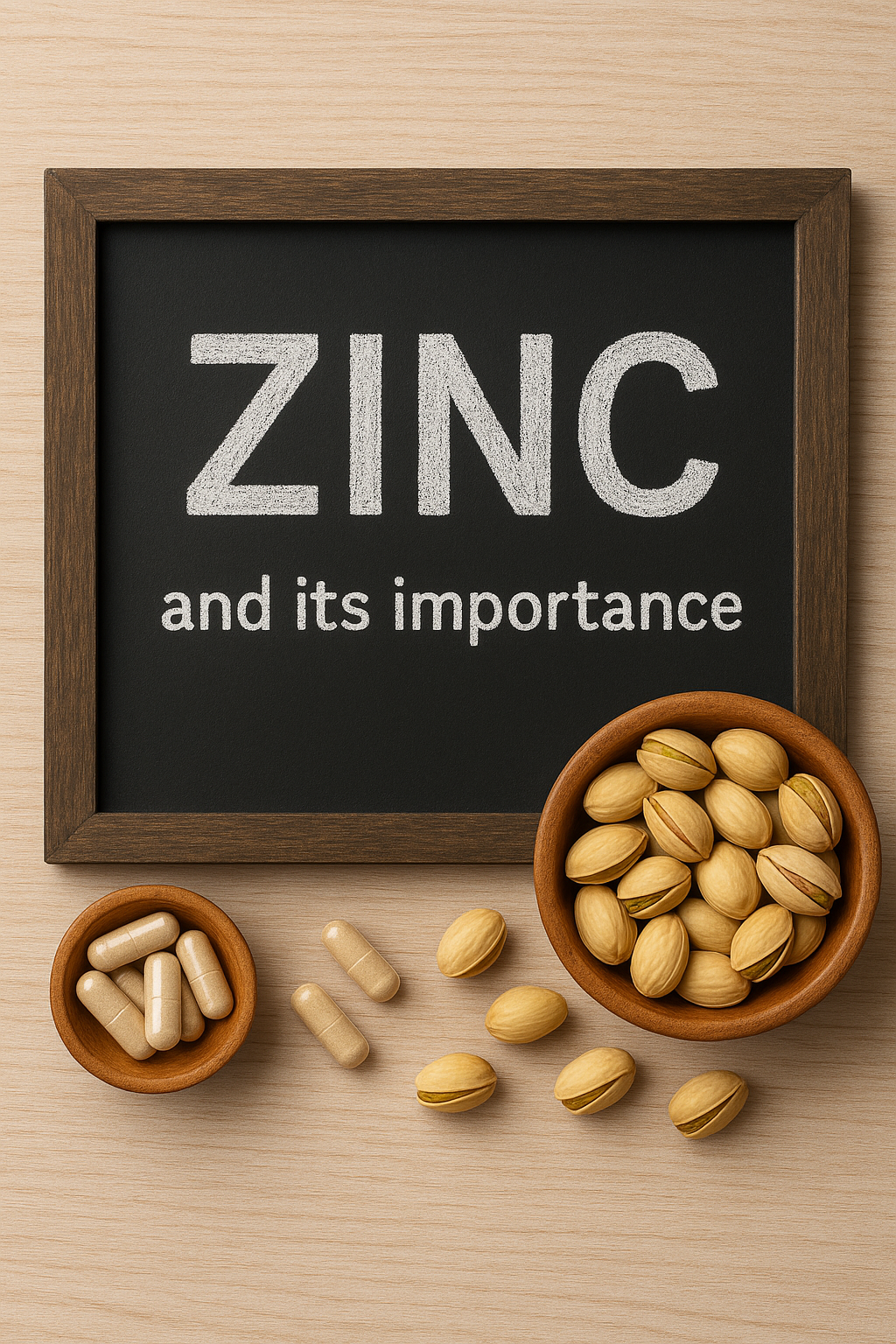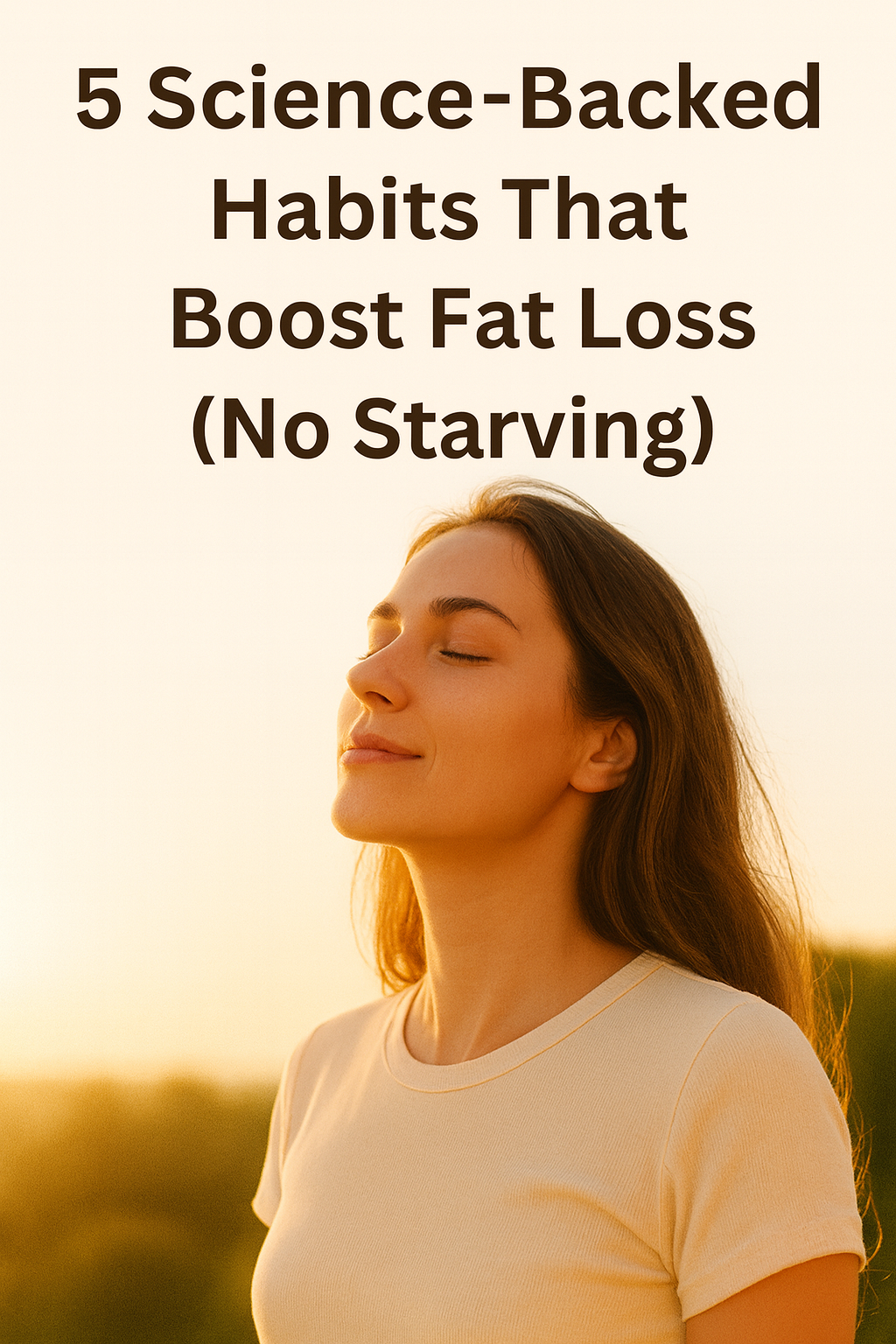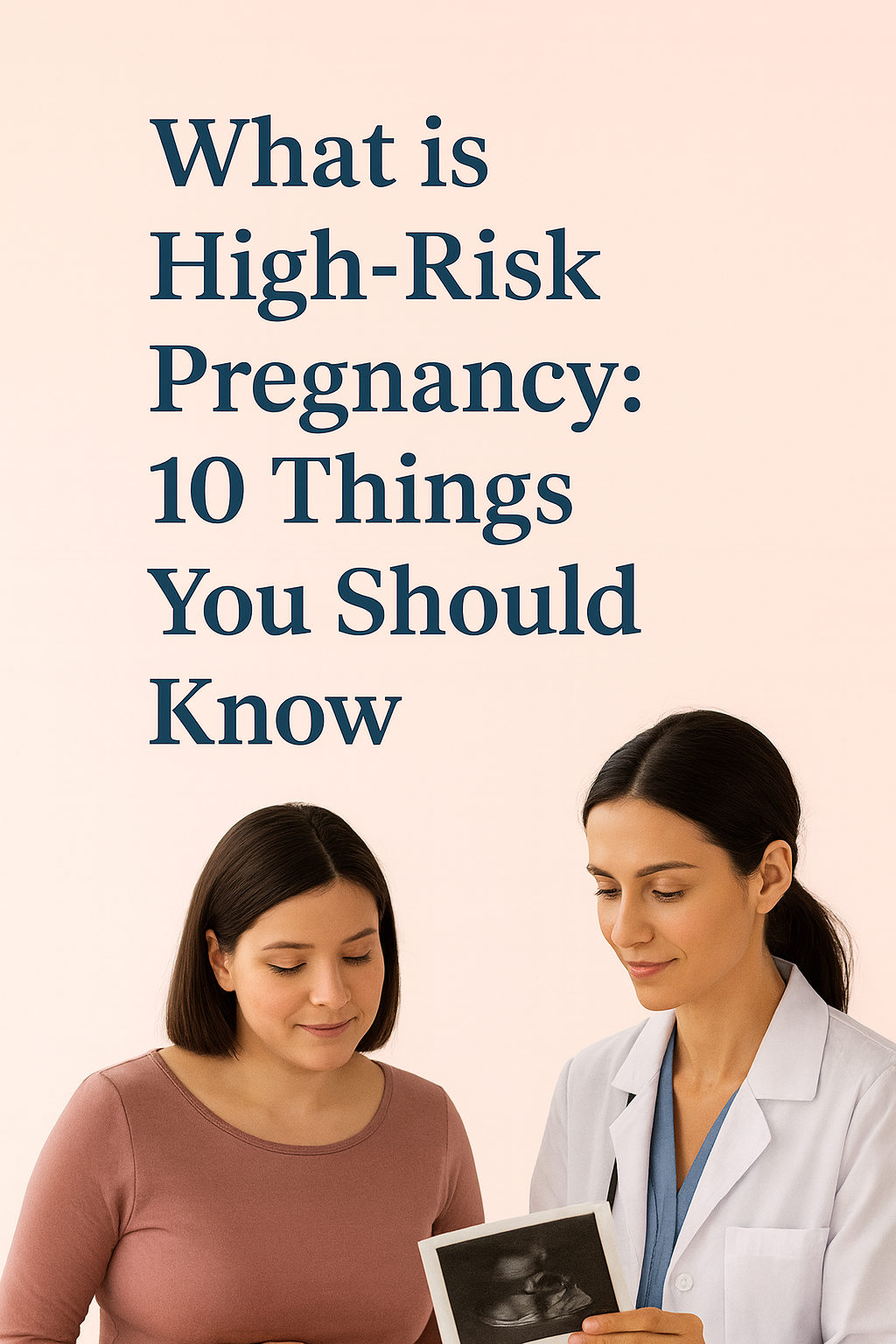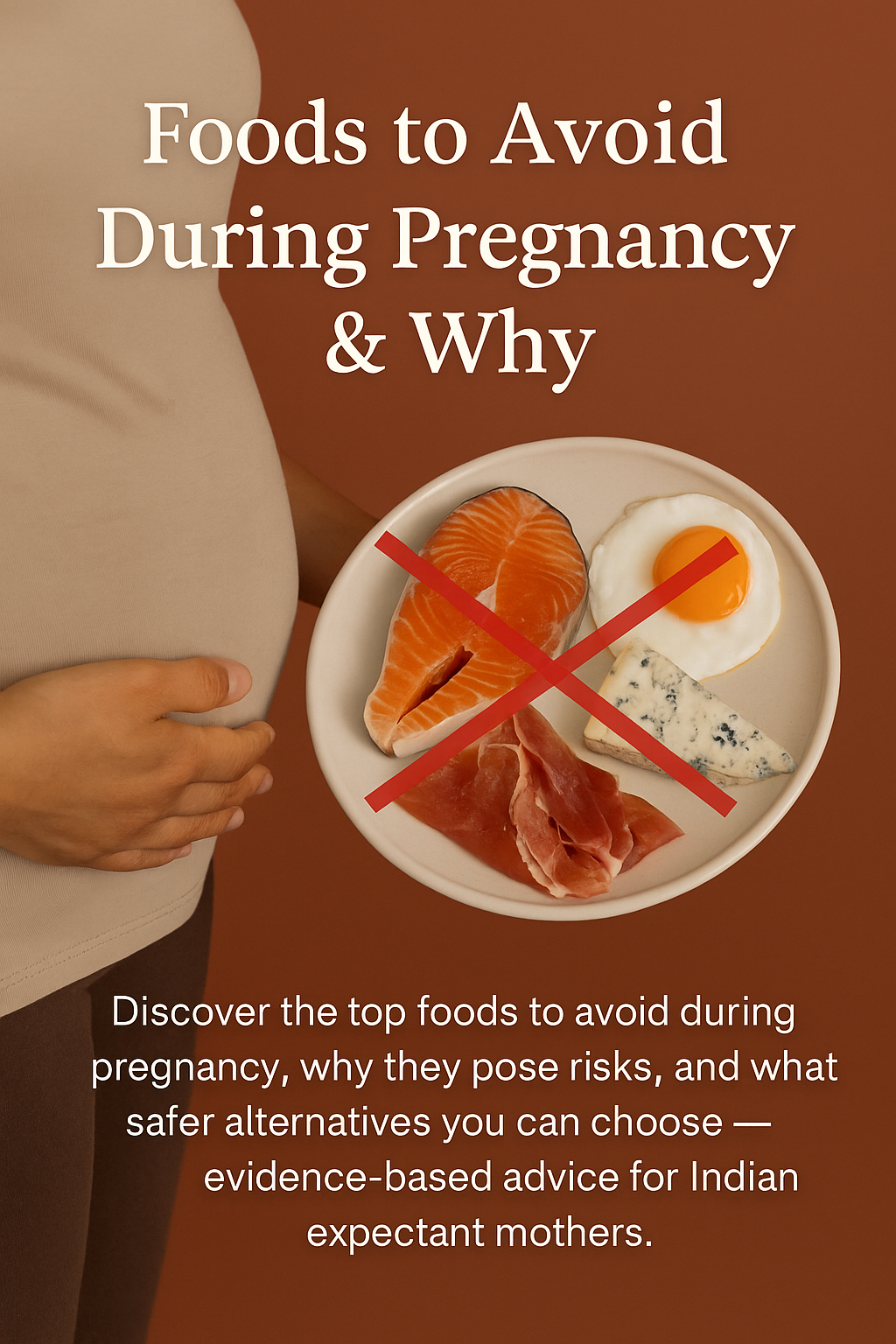The post-pregnancy period is often filled with the excitement of new motherhood, but it can also come with its own set of physical challenges. One of the most common struggles for women after childbirth is dealing with the “mommy pooch,” a term used to describe the stubborn belly fat that can persist even after delivery. Many new moms are frustrated to find that no matter how much they diet or exercise, that pooch simply won’t budge. If you find yourself in this situation, it’s time to look closer at one of the key players in your body’s postpartum recovery: estrogen.
Estrogen, a hormone primarily responsible for regulating the female reproductive system, is at work in ways you may not realize. In this article, we’ll explore how estrogen can actually make it harder for you to lose your mommy pooch, the scientific research behind it, and how you can manage your hormone levels to get back to feeling like yourself.
How Estrogen can contribute to the mommy pooch
- Estrogen and Fat Storage: The Mommy Pooch Connection
Estrogen plays a critical role in fat distribution. During pregnancy, estrogen levels surge, causing the body to store extra fat, particularly around the abdomen and thighs, to support the growing fetus. After childbirth, even though estrogen levels start to decrease, they often remain higher than they were before pregnancy, which can continue to influence fat storage in the abdominal area.
Research indicates that estrogen dominance (when estrogen is higher relative to other hormones, like progesterone) can contribute to increased fat retention, particularly in the midsection. This effect is often exacerbated during breastfeeding. The body requires additional fat to support lactation, so estrogen levels can remain elevated, making it even harder for new mothers to lose the post-baby belly.
- Estrogen and Muscle Recovery: Slowing Down Postpartum Fat Loss
Estrogen has another role that complicates postpartum weight loss: it affects muscle recovery. After childbirth, many women find that their core muscles, particularly the abdominal muscles (like the rectus abdominis), are weak and stretched due to pregnancy. Strengthening these muscles is crucial for getting rid of the mommy pooch.
However, estrogen, especially in high levels, can impair muscle recovery and slow down muscle-building efforts. Estrogen increases water retention in tissues, including muscles, which can lead to puffiness and bloating around the abdomen. This makes it harder for the body to tone up, especially in areas where you need to lose fat.
- Estrogen and Stress: The Cortisol Connection
It’s not just the fat storage and muscle recovery issues that contribute to the mommy pooch—estrogen also plays a role in how your body reacts to stress. After childbirth, new mothers are often under significant emotional and physical stress, which can elevate cortisol levels, the body’s primary stress hormone. Cortisol, when elevated over a long period, can contribute to the redistribution of fat to the abdominal area, further exacerbating the mommy pooch.
Estrogen interacts with cortisol in a way that can worsen this stress response. During periods of high estrogen, the body is more sensitive to the fat-storing effects of cortisol. This means that even if you’re doing everything right—eating healthy and exercising—the combined effects of stress and estrogen could still make it more difficult to lose that stubborn belly fat.
Managing Estrogen for Better Postpartum Recovery
While estrogen is necessary for various body functions, including reproduction, there are ways you can manage your estrogen levels to help you lose the mommy pooch more effectively.
-
Focus on a Hormone-Balancing Diet
Diet plays a critical role in regulating hormone levels. To tackle estrogen imbalances, focus on eating foods that support optimal hormone function:
- Cruciferous Vegetables: Vegetables like broccoli, cauliflower, kale, and Brussels sprouts are rich in compounds that help the body metabolize estrogen more efficiently. They contain indole-3-carbinol, which supports liver detoxification processes, aiding the breakdown and removal of excess estrogen.
- Fiber-Rich Foods: High-fiber foods such as whole grains, beans, and fruits help regulate estrogen levels by promoting regular bowel movements. Estrogen is primarily excreted through the digestive system, so healthy digestion is key.
- Flaxseeds: Rich in lignans, flaxseeds can help balance estrogen levels. Lignans bind to estrogen in the body and can reduce the overall circulating levels of estrogen, supporting hormonal balance.
- Healthy Fats: Include sources of healthy fats such as avocados, olive oil, and fatty fish like salmon. These fats are essential for hormone production and help maintain balanced estrogen levels.
- Limit Processed Foods and Sugars: Processed foods, excess sugar, and refined carbohydrates can contribute to weight gain and hormone imbalances, including estrogen dominance. Cutting back on these can help regulate hormones and aid in fat loss.
-
Manage Stress to Lower Cortisol
High stress levels lead to elevated cortisol, which in turn can disrupt hormonal balance and promote fat storage, particularly around the belly. Estrogen dominance is often exacerbated by chronic stress, which contributes to weight retention. Here’s how to manage stress:
- Practice Mindfulness: Yoga, meditation, and deep breathing exercises are great tools to manage stress and lower cortisol levels, thus promoting better hormonal balance.
- Prioritize Sleep: Poor sleep can worsen hormonal imbalances, including elevated estrogen. Aim for 7-9 hours of restful sleep per night to support metabolism and regulate hormone production.
-
Exercise to Boost Metabolism and Hormonal Health
Regular physical activity, especially strength training and aerobic exercises, helps regulate hormone levels, reduce estrogen dominance, and boost metabolism. Here’s how exercise supports estrogen balance:
- Diastasis Rectii Safe exercises: Building muscle mass through weight training increases your metabolic rate, which can help burn fat, particularly stubborn belly fat. But when it comes to postpartum belly fat reduction, you should be aware of safe exercises that do not worsen your diastasis rectii and further exacerbate the situation.
- Cardio Workouts: Aerobic exercises like walking, swimming, or cycling support fat burning and improve circulation, which can help reduce excess estrogen and balance other hormones.
-
Detoxify Naturally
Supporting the liver is crucial for maintaining balanced estrogen levels, as the liver plays a key role in metabolizing and excreting excess estrogen. Detoxifying your body naturally can help lower estrogen dominance.
- Liver-Supportive Foods: Include foods that promote liver health, such as garlic, turmeric, ginger, beets, and artichokes. These foods can help the liver process and eliminate excess estrogen.
- Hydration: Drinking plenty of water throughout the day supports detoxification and helps flush out toxins, including excess hormones.
- Herbal Supplements: Certain herbs can aid liver detoxification and support estrogen metabolism. Dandelion root, milk thistle, and burdock root are known for their detoxifying properties and can be considered (with professional guidance).
Consult a Healthcare Professional
If you’re struggling with estrogen-related weight retention, it’s a good idea to consult a healthcare provider for a more personalized approach. A doctor or nutritionist can recommend hormone tests to assess estrogen levels and determine if there are any imbalances contributing to weight gain. In some cases, hormone replacement therapy (HRT) or supplements may be appropriate under professional supervision.
Avoid Estrogen-Disrupting Chemicals
Certain chemicals, known as endocrine disruptors, mimic estrogen and can interfere with your hormone balance. To help maintain balanced estrogen levels:
- Avoid BPA: Bisphenol A (BPA) is commonly found in plastics and can disrupt hormone function. Use glass or stainless steel containers instead of plastic ones.
- Limit exposure to pesticides: Organic foods typically have fewer pesticides that can act as estrogen disruptors.
- Use natural personal care products: Some skincare and haircare products contain chemicals that can mimic estrogen. Look for organic or chemical-free alternatives.
Herbal and Ayurvedic Remedies
Ayurvedic herbs can help balance estrogen levels naturally. Some useful herbs include:
- Shatavari: Known for balancing female hormones and promoting overall reproductive health.
- Ashwagandha: Reduces stress and supports hormonal balance, particularly useful for managing estrogen dominance.
- Turmeric: Contains curcumin, which has anti-inflammatory and detoxifying properties, helping to regulate estrogen and reduce fat retention.
Conclusion
Estrogen can make it more challenging to lose the “mommy pooch” after childbirth, especially when levels remain elevated during breastfeeding. High estrogen contributes to abdominal fat retention, impedes muscle recovery, and promotes fat storage through stress hormones like cortisol. However, a holistic approach can help manage estrogen imbalances and support weight loss.
Focusing on a balanced diet, regular exercise, stress management, and liver detoxification can help balance estrogen levels and boost fat loss. Incorporating herbs like Shatavari and Ashwagandha, along with mindful lifestyle changes, can also support hormonal health.
By addressing estrogen and taking proactive steps, you can shed stubborn belly fat, improve overall health, and reclaim your post-pregnancy body. Since every woman’s postpartum journey is unique, finding a personalized approach is key to long-term success.

Akanksha Sharma
Dr. Akanksha Sharma, Head Writer and creator of AtoZ of Pregnancy, is dedicated to empowering women, parents, and families through 360-degree knowledge. She and her team provide evidence-based advice to guide families through pregnancy, parenting and beyond.

